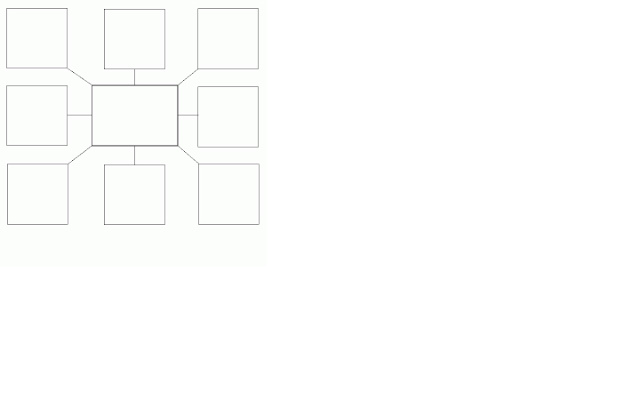Now that field work is over I have had some time to reflect, working in Mrs. Benfer's 5th grade classroom. At first I was a little worried because it was very sudden, but when I got there everything seemed ready for us in the classroom. Mrs. Benfer was prepared for us and had all of our sessions set up. When the fifth graders entered the classroom they were overwhelmed that all the college students were there standing in the room. Mrs. Benfer told the students to not be overwhelmed and that the college students will be working with you today and some other days in the future. The college students are here to work with you today as your college buddy. Our very first session we were able to watch Mrs. Benfer introduce a lesson, which was on mixtures and solutions through a demonstration of a trail mix. We got to see how she engages her class and then lets them work on their own. Mrs. Benfer engaged the class by asking questions and challenging the students to think about mixtures and solutions. After we watched her introduce the lesson and she allowed the students to observe, we got to work with them one on one. We each got a student or two and we watched them do the lab assignment based off what they saw on mixtures and solutions. I liked working one on one with my student Matthew. During this session Matthew and I read the chapter to help him come up with the answers to the explanation questions and Matthew and I went over what each term means and I read him the questions to the worksheet/ lab assignment. We were there for the students if they had questions but other than that we didn't really help them with their lab. When Matthew had a question or needed something explained with examples I was there sitting next to him to answer or explain any thing to him about mixtures or solutions in more detail. The next session we helped them prepare for their open notes test that was coming up. Mrs. Benfer started the class by showing us her online textbook and how she practices with her students. It was a review game, girls vs. boys. This game was a fun way to get the students to activate their minds with some competition. Mrs. Benfer told us that the questions on the review game are their test. We did the chapter review with them that day. The chapter review was good for the students to do to review sheet and Matthew and I worked together on this review. Matthew and I came up with different examples and also discussed each question and what the answer would be before writing down the answer. By talking about each question, Matthew will understand what the test is about and what the test is going to be on so that Matthew will be prepared to do well on the test. We were able to sit with them later that week when they took the test and we were there for questions and to encourage them but we could not tell them the answers. During the test we could help explain the word in a question that the student did not understand but not give the student the answer to the question. Mrs. Benfer was a very good and willing to help if anything and explain anything to us and to help with our lesson if we had any questions we could email her. After that session we had to teach the class a lesson based off chapter 12. The first day two of my groups in my class presented lessons on chemical and physical change. As a observer it was nice to see these two lessons and to learn from these two groups about teaching a lesson. My group went on the second day of presenting lesson. My group’s lesson was on chemical technology which is lesson 4 of chapter 12. It was nice to teach the lesson and to engage the students. It was a great learning experience to teach the students the lesson. It was nice to also see the other two groups’ lessons the next time that we were at fieldwork. It is a great experience to learn from observing others. I learned a lot from this fieldwork experience. I learned a lot from observing Mrs. Benfer and the other groups do their lessons.
















